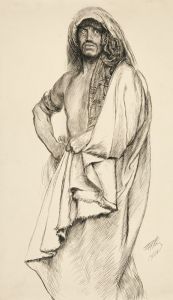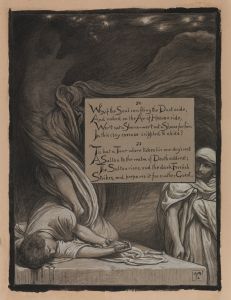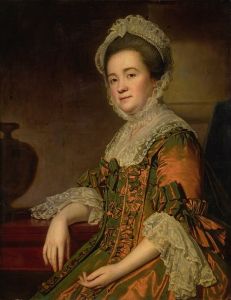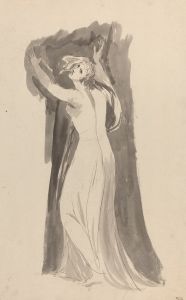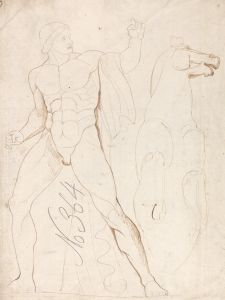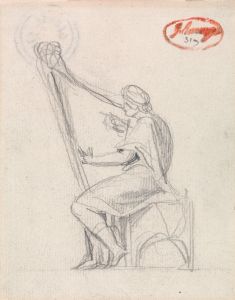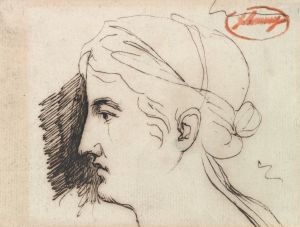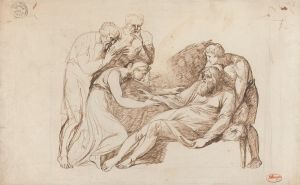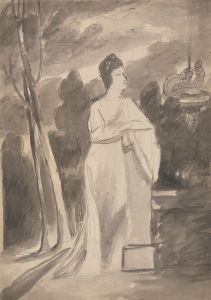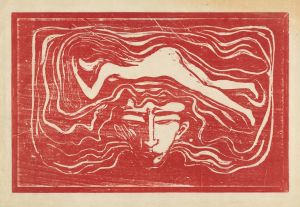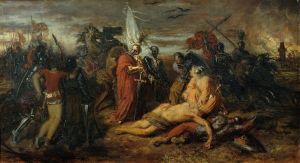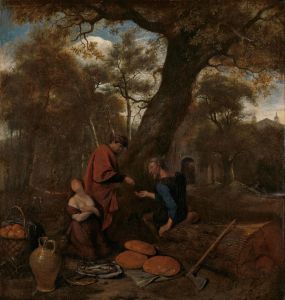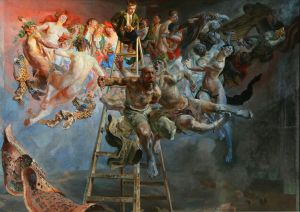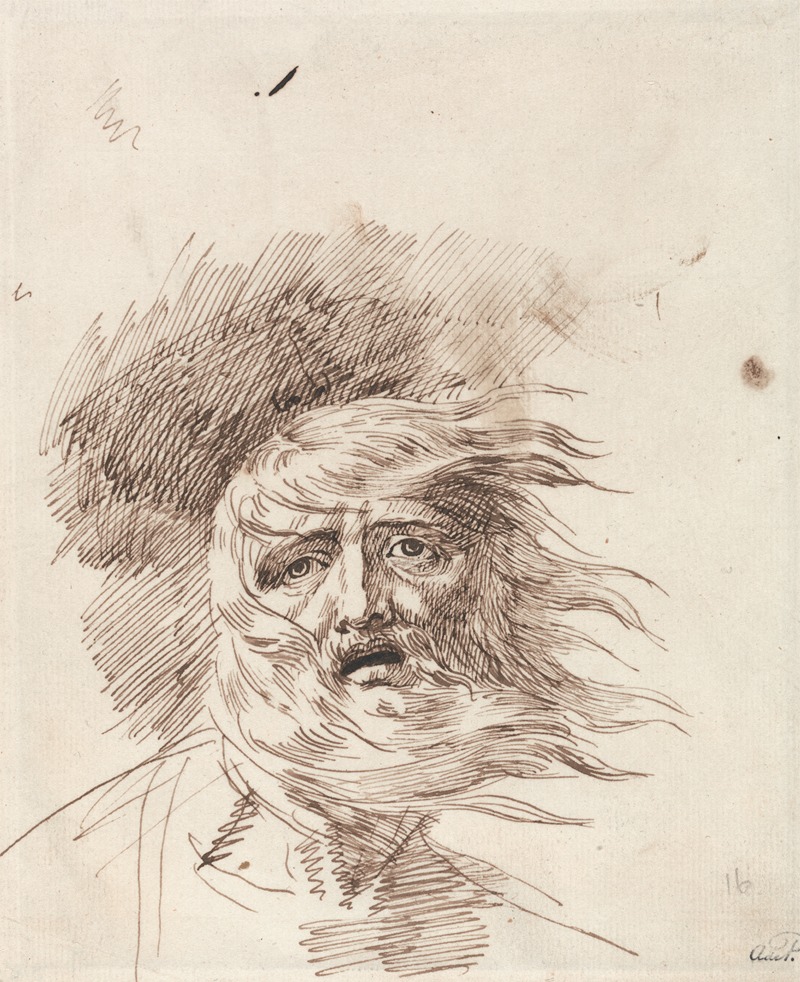
‘Lear in the Storm,’ King Lear, Act III, Scene II
A hand-painted replica of George Romney’s masterpiece ‘Lear in the Storm,’ King Lear, Act III, Scene II, meticulously crafted by professional artists to capture the true essence of the original. Each piece is created with museum-quality canvas and rare mineral pigments, carefully painted by experienced artists with delicate brushstrokes and rich, layered colors to perfectly recreate the texture of the original artwork. Unlike machine-printed reproductions, this hand-painted version brings the painting to life, infused with the artist’s emotions and skill in every stroke. Whether for personal collection or home decoration, it instantly elevates the artistic atmosphere of any space.
George Romney's painting Lear in the Storm, King Lear, Act III, Scene II is an artistic depiction inspired by William Shakespeare's tragedy King Lear. The artwork portrays a pivotal moment from Act III, Scene II of the play, in which the titular character, King Lear, is caught in a violent storm, both literal and metaphorical, as he grapples with his descent into madness and the betrayal of his daughters.
George Romney (1734–1802) was a prominent English portrait and historical painter of the 18th century. Known for his expressive style and dramatic compositions, Romney often drew inspiration from literary and theatrical sources, including Shakespeare's works. This painting reflects his interest in capturing intense emotional states and dramatic narratives.
In King Lear, Act III, Scene II, the aging monarch, having been cast out by his daughters Goneril and Regan, finds himself exposed to the elements on a desolate heath. The storm serves as a powerful symbol of Lear's inner turmoil and the chaos that has engulfed his kingdom. Romney's painting captures the raw emotion of this scene, emphasizing Lear's vulnerability and despair. The artist employs dramatic lighting and dynamic brushwork to convey the ferocity of the storm and the psychological intensity of the moment.
The exact date of the painting's creation is not definitively documented, but it is believed to have been produced during the late 18th century, a period when Romney was actively exploring themes from literature and history. The painting is an example of the Romantic sensibility that began to emerge in art during this time, characterized by an emphasis on emotion, nature, and the sublime.
The current location of Lear in the Storm, King Lear, Act III, Scene II is not widely documented, and it is unclear whether the painting is part of a public collection or remains in private hands. Romney's works, however, are held in numerous prestigious institutions, including the National Gallery in London and the Tate Britain, which house other examples of his Shakespearean subjects.
This painting is a testament to the enduring influence of Shakespeare's plays on visual art and highlights George Romney's ability to translate complex literary themes into compelling visual narratives.





